Luperón
Tellement de belle et franche vivacité dans ce joyous chaos.
I came to Dominican Republic with two goals: To rest and not freeze for four days. I am delighted to report that I’ve won the napping game. I’m also quite warm. But in addition to accomplishing my goals, I’ve discovered a lovely small community where the living seems easy and the smiles are generous.
Luperón (population: roughly 20,000) is about an hour north of the Puerto Plata airport, a car ride that was memorable indeed, and I don’t just mean the casual way so many people ride motorcycles. No lights, no helmets, carrying babies in baskets or a pizza box under the arm, all seems to go. But that’s something you see in many parts of the world. What I wasn’t ready for were cows lying on the road. Apparently they love the warmth of the asphalt at night and, not unreasonably, they favour this spot for their nighty-nights. Locals expect it and drive slowly around the majestic beasts.
And right away the tone was set.
I am not one to travel far from my house to go to a resort that’s full of Americans and Canadians and where you don’t see the real country. I guess resort life is fine if all you want is to play and not think of anything for a few days. Or if you want a place where your kids can learn water sports while you lounge.
It’s not for me. I can’t turn off my brain ever (not always an unmixed blessing, that), so I travel to see how other people live and to learn lessons from them.
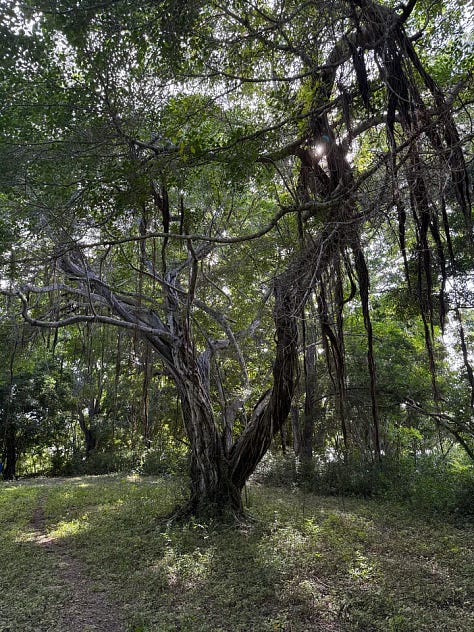
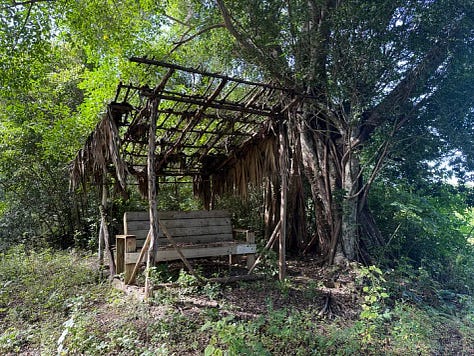
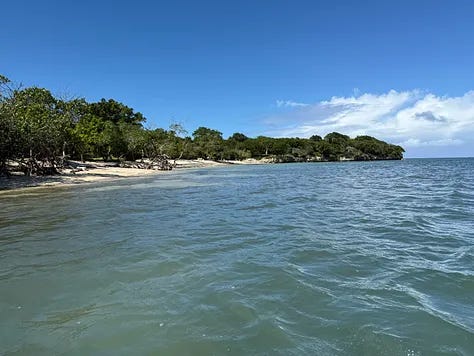
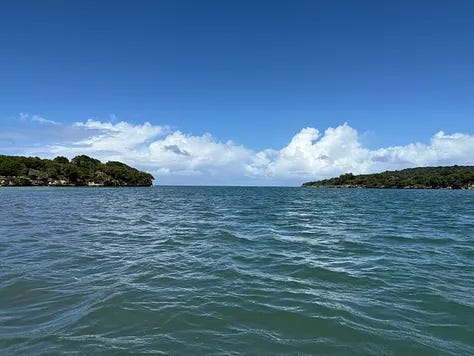
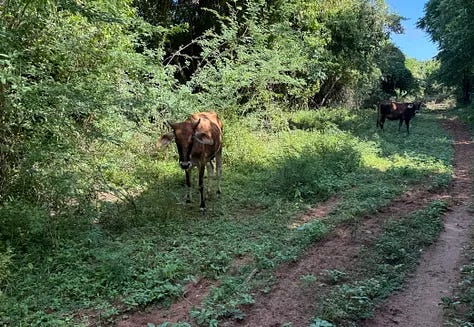
This area is a spot where many boaters repair to during hurricane season. On Wikipedia it says Christopher Columbus is thought to have taken refuge from a storm here to protect his ships. Something about its location makes it as close to immune to storm damage as one can get this close to the equator. Tourists are common, and for sure some are loud, but so is the town. Actually, “lively” would be a better word. And oh so friendly.
When you go out for dinner already there is plenty of music coming out of all manner of establishments, from the corner stores to groceries to bars and hair salons and car washes. The streets are narrow and so are the sidewalks. Motor vehicles come and go according to rules I didn’t have time to learn. But I have to say that not once did I feel threatened by their driving.
Houses are open, and people of all ages come and go in-between shifts of sitting on a windowsill or plastic chair, just to be in this public realm and yammer. No individualized, atomized living here. This is precisely what makes it so friendly.
It’s hard to have this kind of village feel in a place where there’s winter because who wants to sit outside when it’s -20. But it’s more than that. We in Canada and the United States have been conditioned by decades of living under strict zoning rules to expect that life is lived in watertight compartments instead of out there with everything and everyone else. Casual socializing doesn’t happen, and we are the poorer for it.
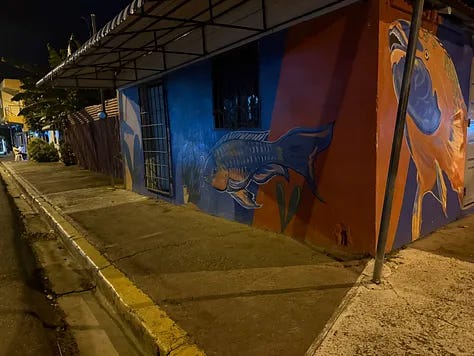
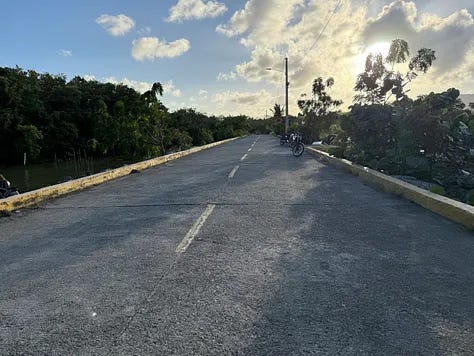
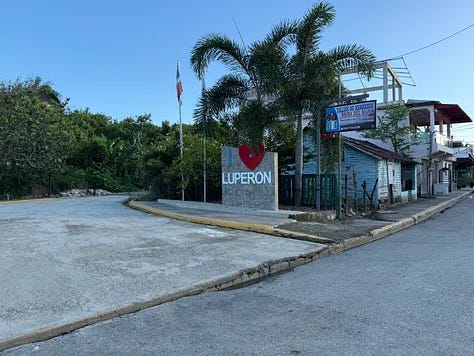
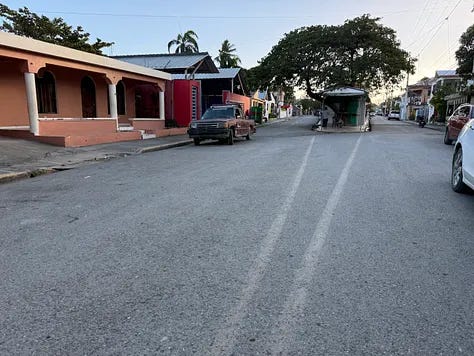
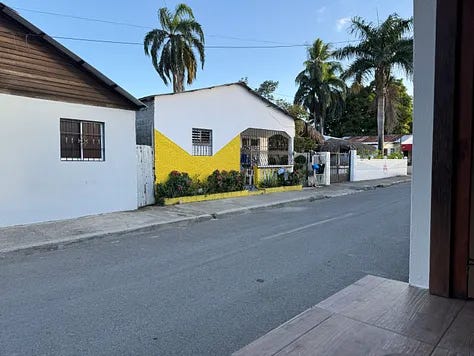
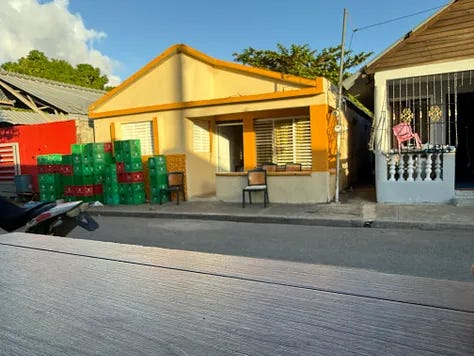
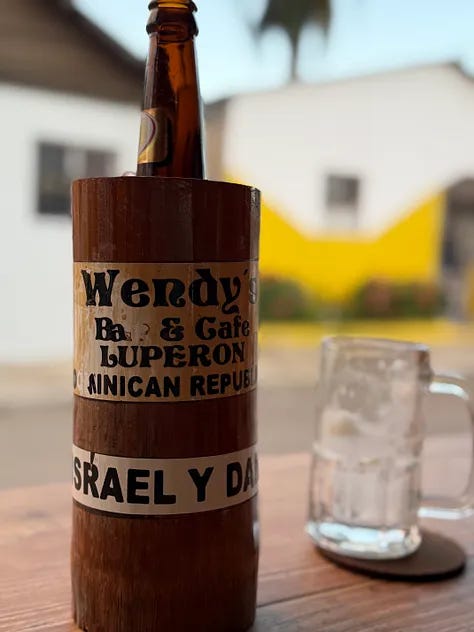
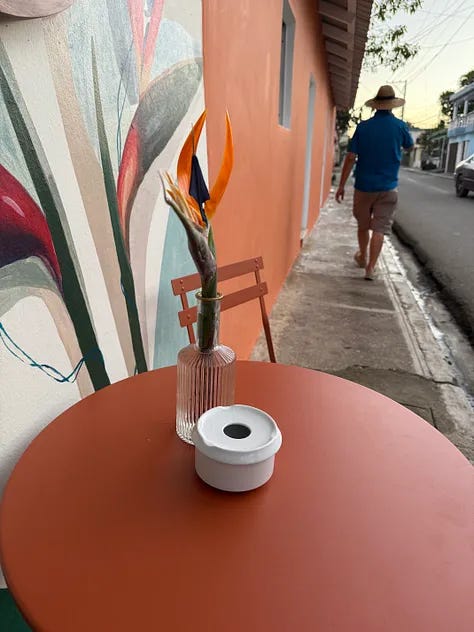
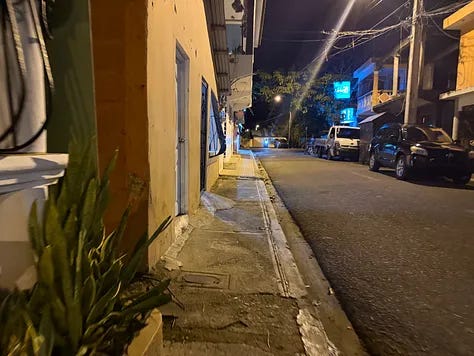
Il y en a qui parlent anglais comme une vache espagnole. Moi, je parle aux vaches hispanophones de la République dominicaine en français parce que je sais qu’elles me comprennent anyway et puis mon espagnol, là, il est loin d’être au point.
Je passe quelques jours dans ce coin de pays magnifique, avec très peu d’ambition autre que le repos et prendre un break du frette. C’est plein de gens de partout, incluant un solide groupe de Québécois, et ça donne un village bigarré et surtout très joyeux.
Il y a de tout, et de tout mélangé. Les enfants, les adultes, les chiens et les chats se promènent librement, les maisons sont ouvertes, les gens passent beaucoup de leur temps dehors, et tout le monde a le sourire facile.
Des fois on se creuse la tête pour trouver le secret d’une belle et bonne vie en santé et on passe complètement à côté d’un élément de réponse aussi simple que pas cher à instaurer: Une vie sociale minimalement planifiée dans des communautés mixtes. Idéalement avec de la musique.


